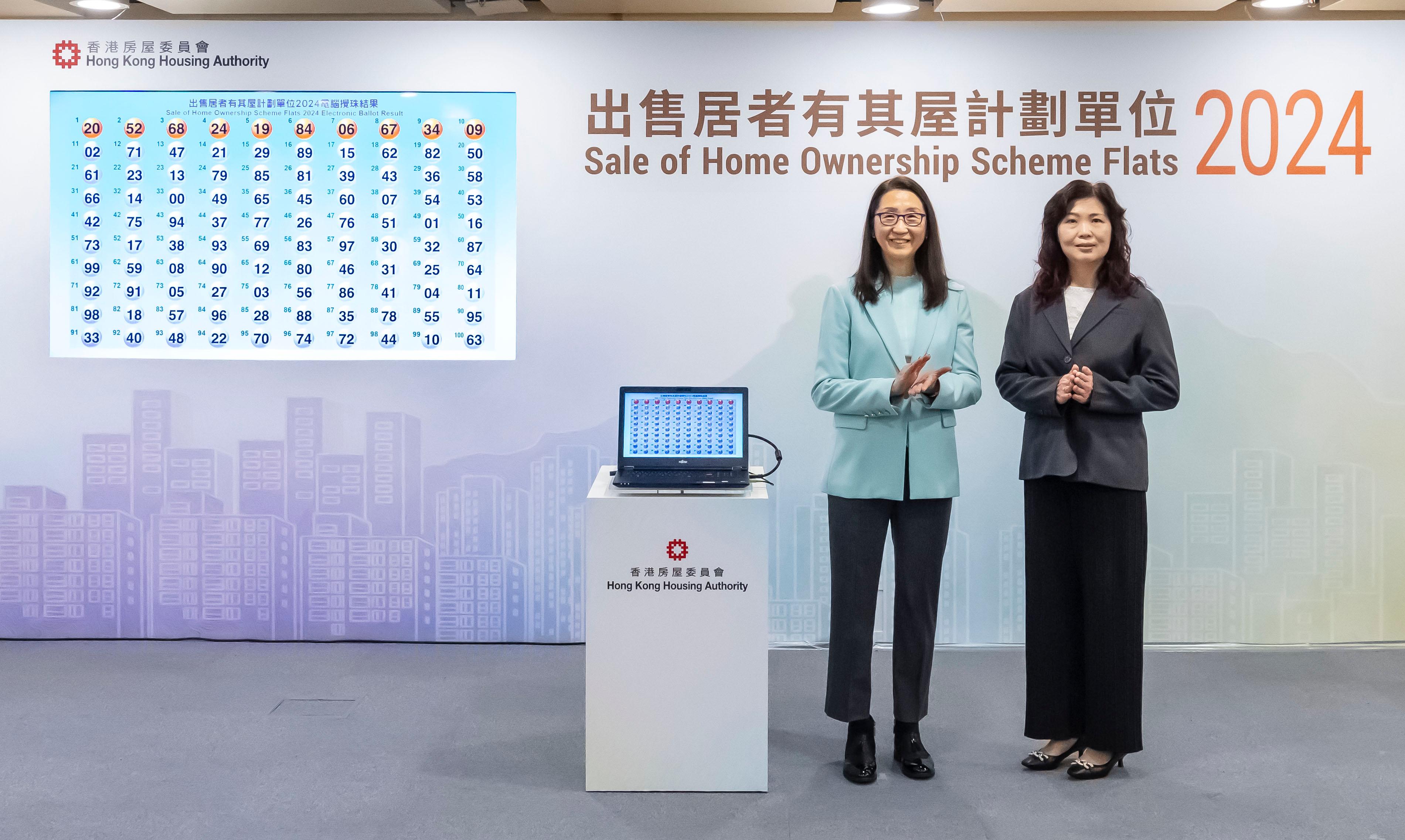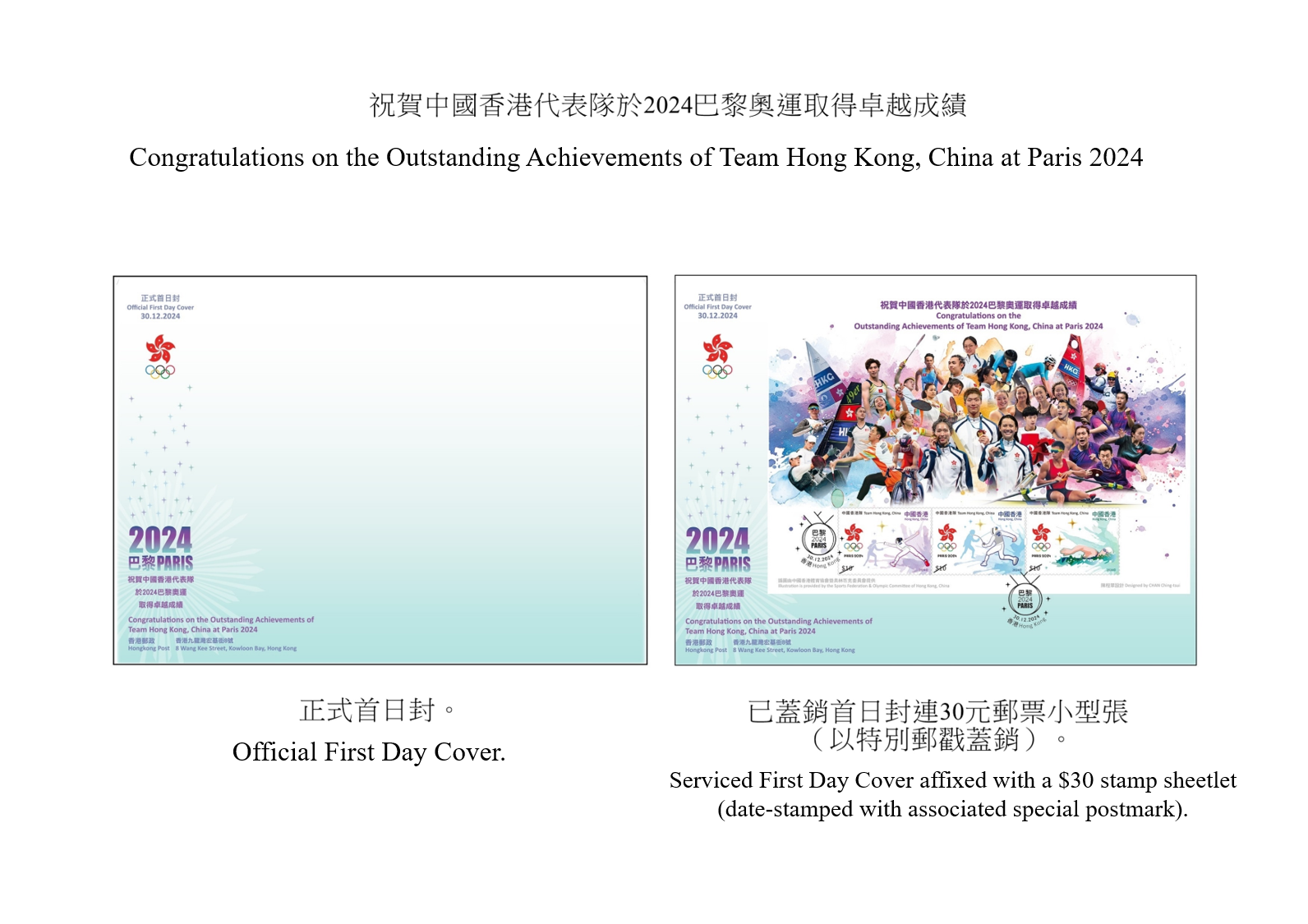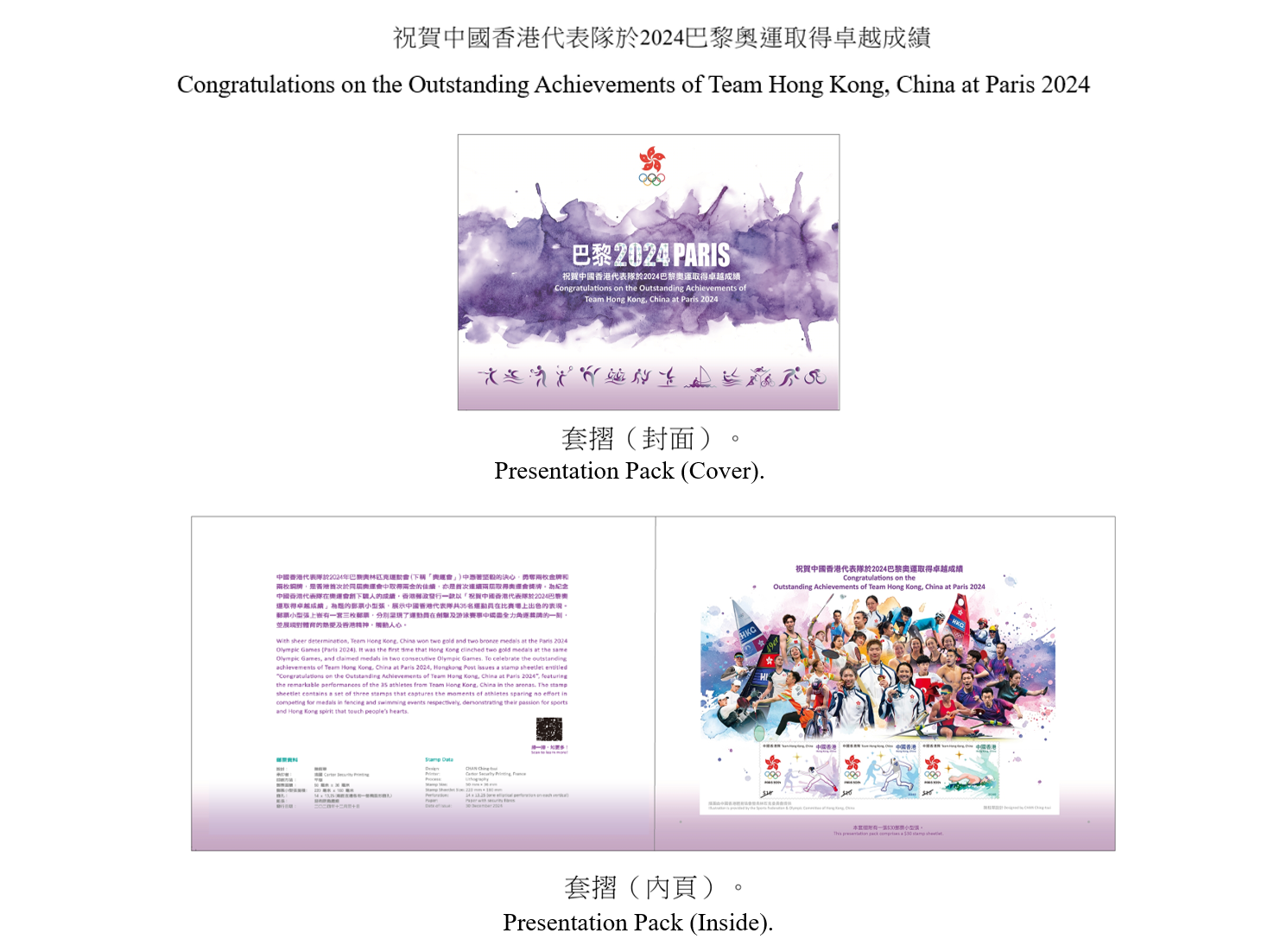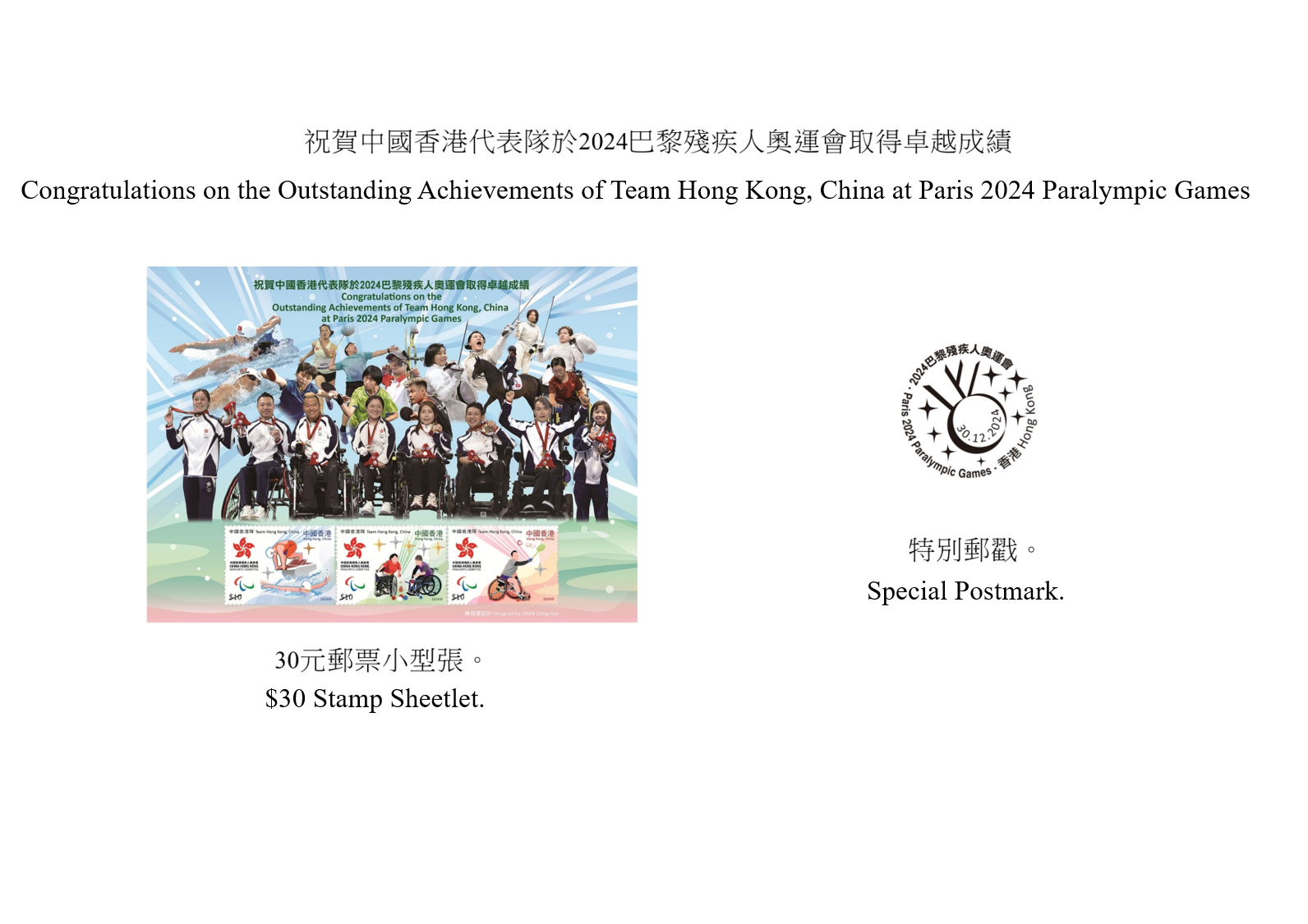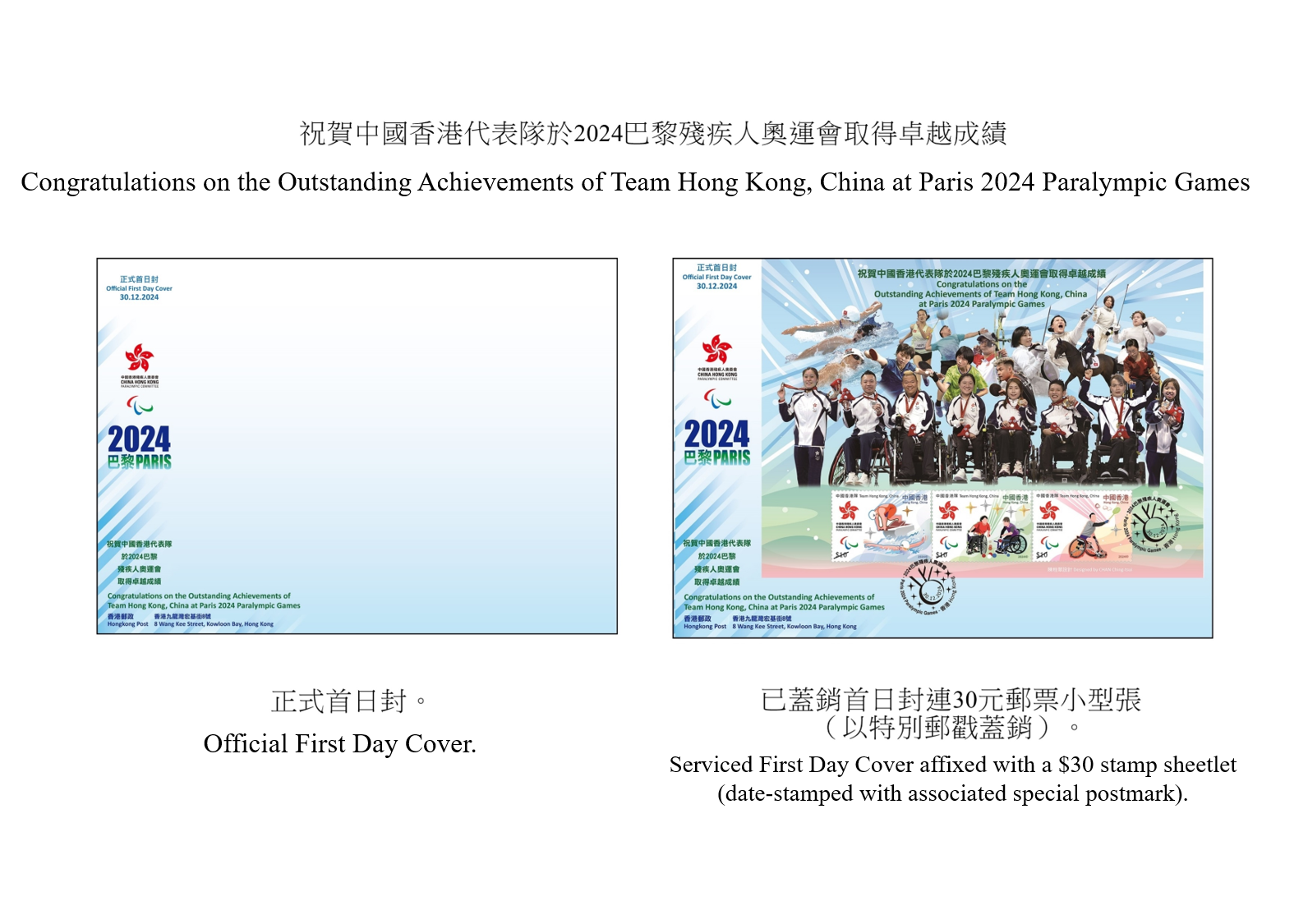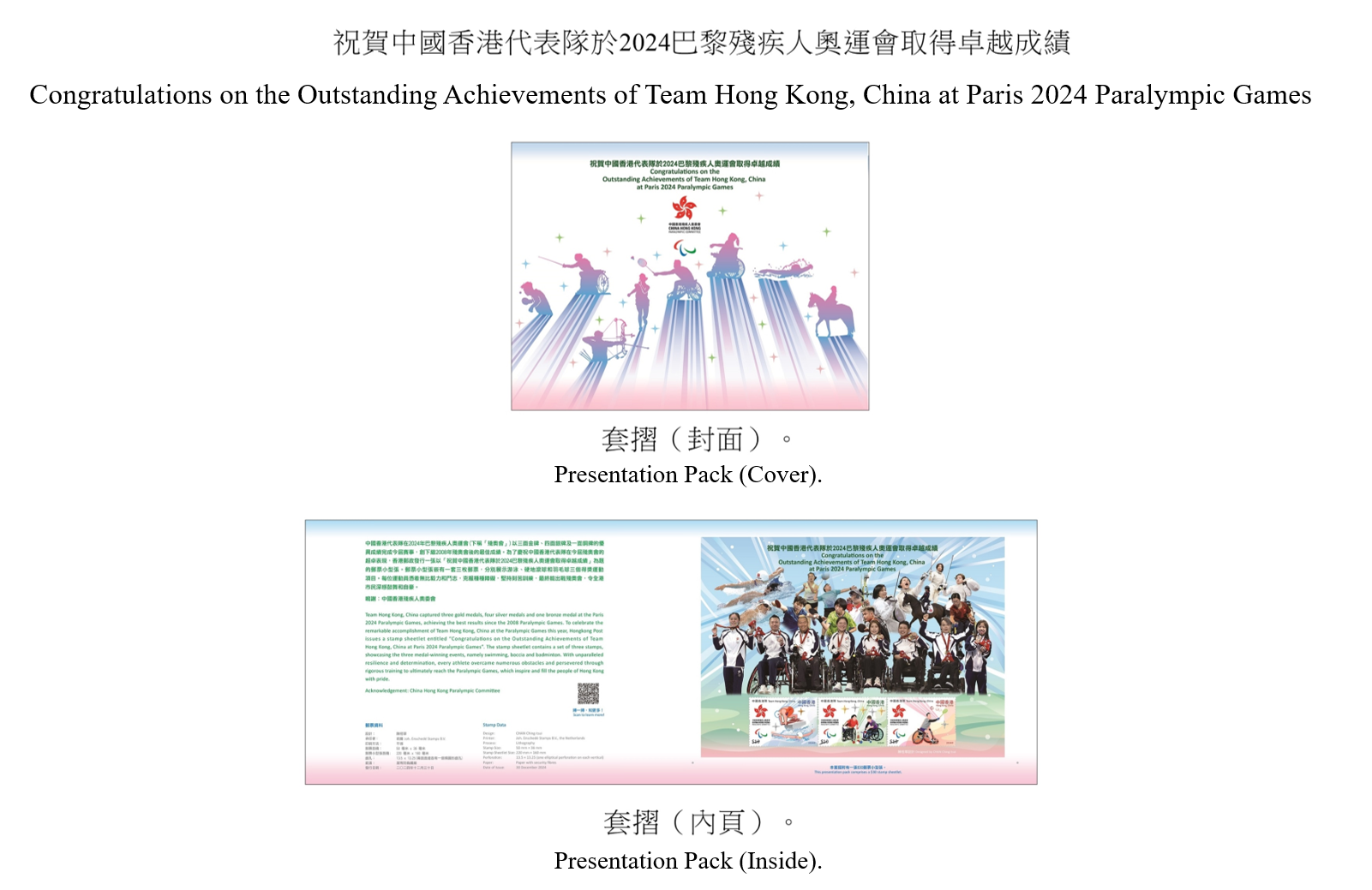WSD projects recognised at CIWEM HK 2024 Innovation & Sustainability Awards (with photos)
The Water Supplies Department (WSD) achieved encouraging results with multiple awards received at the CIWEM (Chartered Institution of Water and Environmental Management) Hong Kong 2024 Innovation & Sustainability Awards Presentation Ceremony held on December 6 in Hong Kong.
The WSD’s Siu Ho Wan Water Treatment Works Extension Project won the Chairman’s Commendation Award – Excellence in Both Innovation and Sustainability, the Gold Award under the category – Innovation, and the Silver Award under the category – Sustainability. The project team utilised compact and multi-level design to accommodate the whole advanced water treatment process into a single building. This innovative design not only saves space, but the top-down water flow arrangement also eliminates the need for interstage pumping and hence greatly reduces energy consumption. In addition, all process waste water is channelled back to the treatment plant for recycling to achieve the “zero effluent discharge” goal. The awards showcase the WSD’s commitment to deploying innovative and sustainable ideas to overcome engineering challenges.
Additionally, two WSD projects – (i) the First District-wide Grey Water Recycling System at Anderson Road Quarry Development, and (ii) the Reclaimed Water Supply to Sheung Shui and Fanling – Shek Wu Hui Water Reclamation Plant received the Bronze Award and the Merit Award under the category – Sustainability, respectively. These two projects highlight the WSD’s continuous dedication to exploiting new water resources and expanding the use of recycled water for non-potable purposes. The WSD remains committed to innovative and sustainable developments to ensure a reliable and efficient water supply for Hong Kong.
CIWEM HK Innovation and Sustainability Awards is an independent endorsement to amplify and credit contributions to innovative and sustainable solutions. The Awards aims at promoting and recognising outstanding projects and building a platform to share experiences. To commemorate and celebrate the 60th anniversary of Dongjiang’s water supply to Hong Kong, the WSD, the CIWEM HK, the Hong Kong Institution of Engineers and the Chartered Institute of Plumbing and Heating Engineering – Hong Kong Branch will co-organise the International Water Pioneer Summit next year. Under the theme “Smart Water‧High Quality Development”, renowned leaders from the global water supply sector will be gathered to share insights and explore new opportunities on water development.





